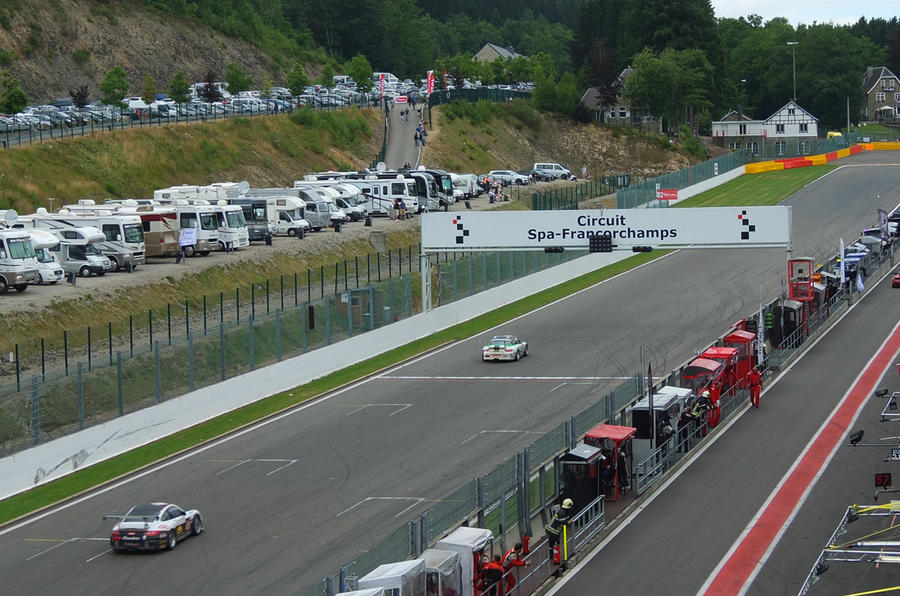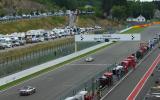With a recent trip to Le Mans and back under my belt, I was keen to find out what the 24 hours of Spa was like.
Racing at Spa started in 1922, and in 1924 the first 24-hour race took place. Originally the Spa circuit was just over nine miles long and featured 25 turns, but revisions and alterations have seen that length drop to less than five miles and 20 turns.
It's a notable circuit for several reasons: it's home to the Belgian Grand Prix, several endurance races and - more prominently - its rated as one of the toughest tracks in the world due to its torturous bends and rapid elevation changes.
When I arrived, the first thing that struck me was that it felt like no other circuit I’d been to. Firstly, the whole place is surrounded by trees. From certain points the track is completely invisible, and you'd be hard pushed to tell there was anything there.
You're quickly lured in to a false sense of serenity, seemingly isolated from anything around you, moments before an Aston Martin screams between the trees in the distance, sparks erupting from its tail as it grounds out through the bend.
Equally attention-grabbing is the rapid and visible changes in elevation around the circuit. As you make your way towards the entrance, the fabled Eau Rouge corner comes in to view and, at a distance, it’s clear just how high the cars are climbing. No wonder this circuit has earned the nickname of the "Ardennes rollercoaster."
My trip to Le Mans had been an enjoyable, albeit interesting one, and the experience had given me some idea of what to expect. It quickly became apparent, however, that Spa was a much more intimate and manageable circuit to visit.
For one thing, the track is 4.352 miles long, compared to the almighty 8.469 miles of Le Mans. So, it's less spread out, and you've more opportunity to take it all in. It's much less time consuming to stroll back and forth between vantage points, allowing you to see more of the racing and really grasp what's going on.
There's more of a focus on the race itself, too. There are still stands, stalls and displays, but their presence is much smaller compared to those at Le Mans. You consequently don't come away feeling like you might have missed out on something, unlike Le Mans, because you can realistically traverse the entire site.


































































Join the debate
Add your comment
Nice Posting So, thanks a lot
Nice Posting So, thanks a lot for sharing this type of blog. Paddock Wood Taxis
Theres Belgium Chocolate, the
Theres Belgium Chocolate, the EU, (and Tony Blair). Isn't Belgium split along various language lines, depending on how flanders you feel. Thierry Boutsen.
Britain.
We simply don't have enough interest, not enough circuits of great interest, too much Hritage nonsense about tracks here,and, there dithereing about building a track in Wales too?!,which by the way, if it gets built, won't stage F1 races!,that's why when going into Europe you'll see more interest in this type of racing, more tracks, no converted Airfields, plenty of twisty,hilly tracks,good old Britain , eh?